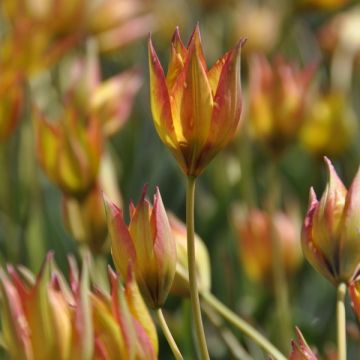

Tulipa acuminata
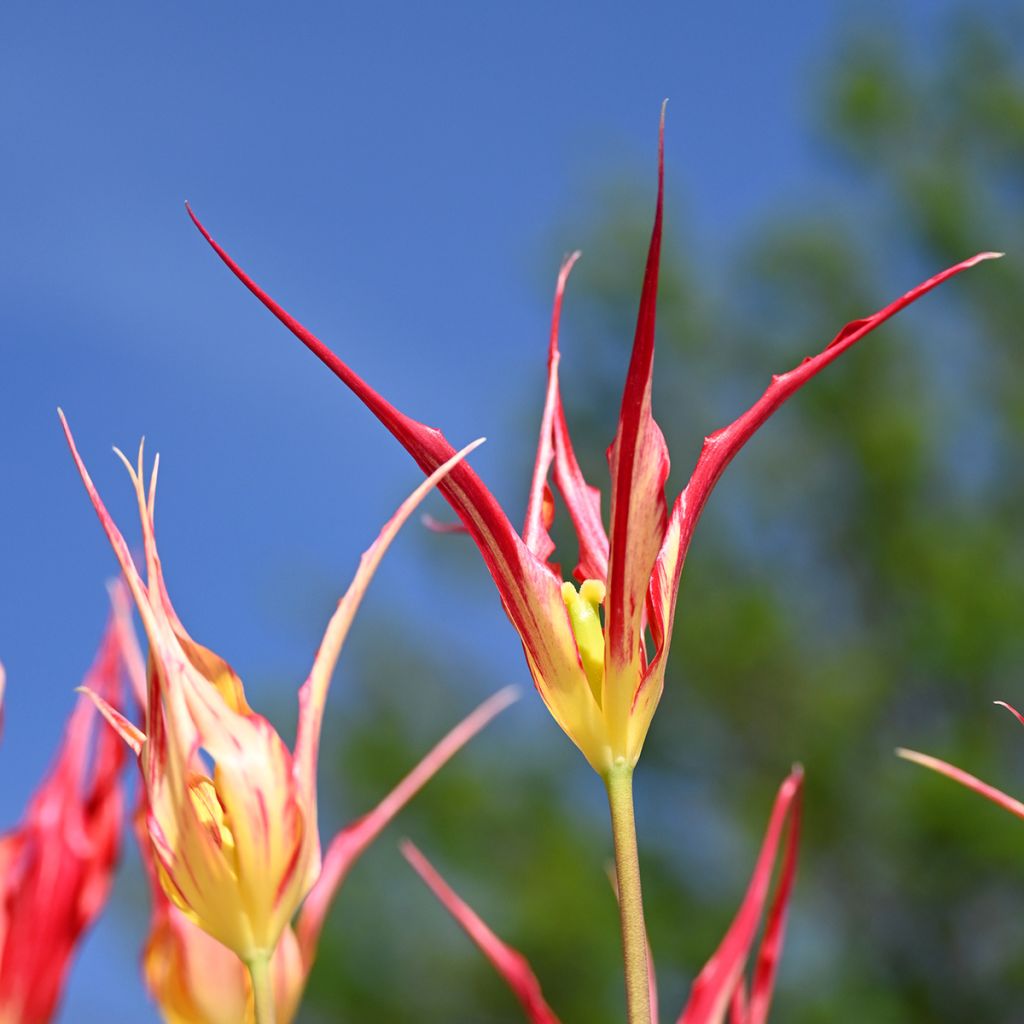

Tulipa acuminata
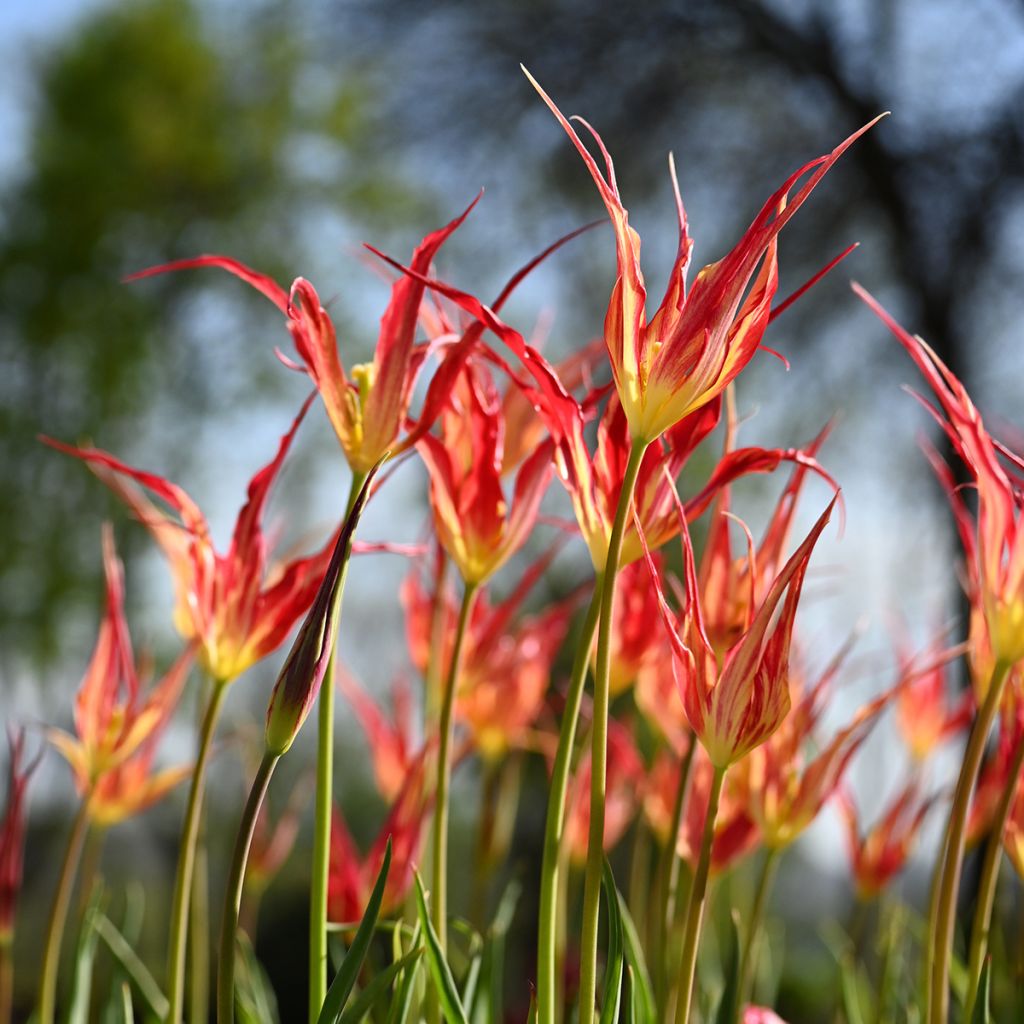

Tulipa acuminata
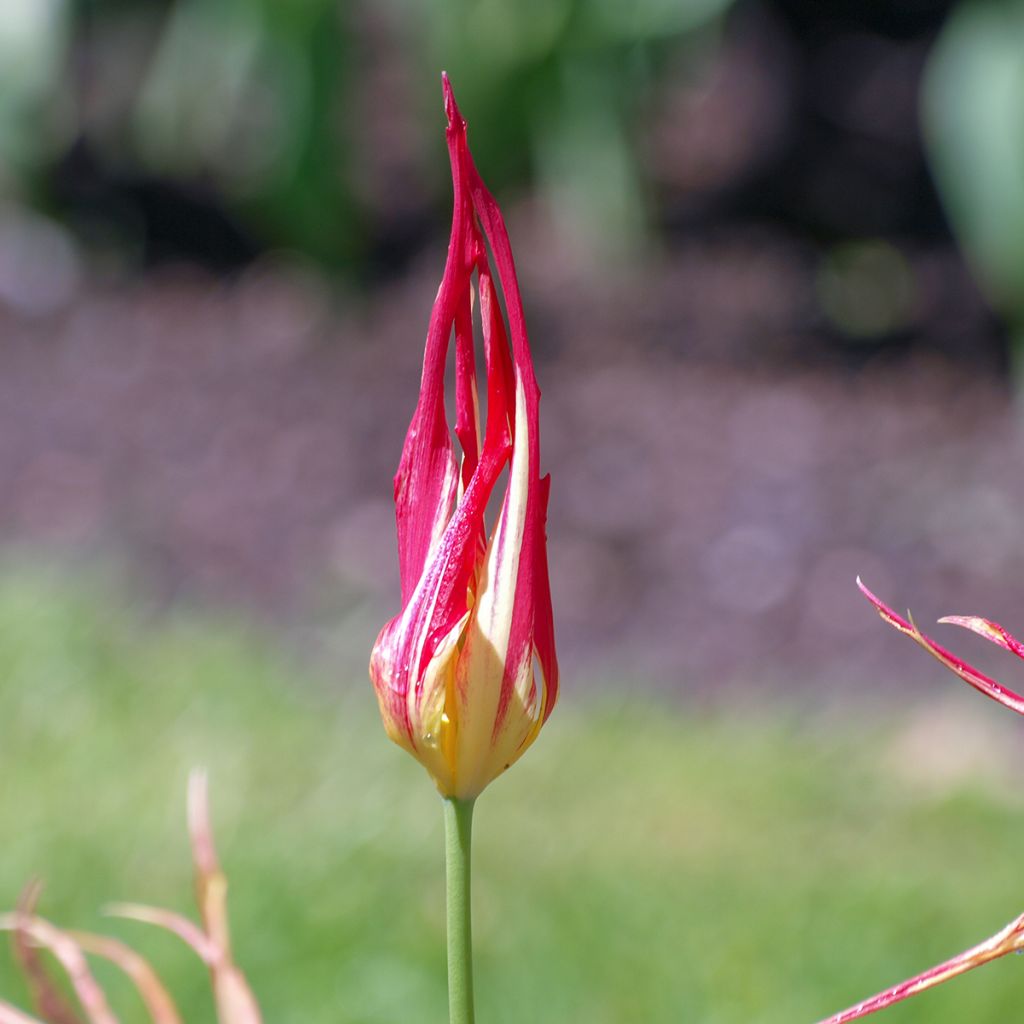

Tulipa acuminata


Tulipa acuminata
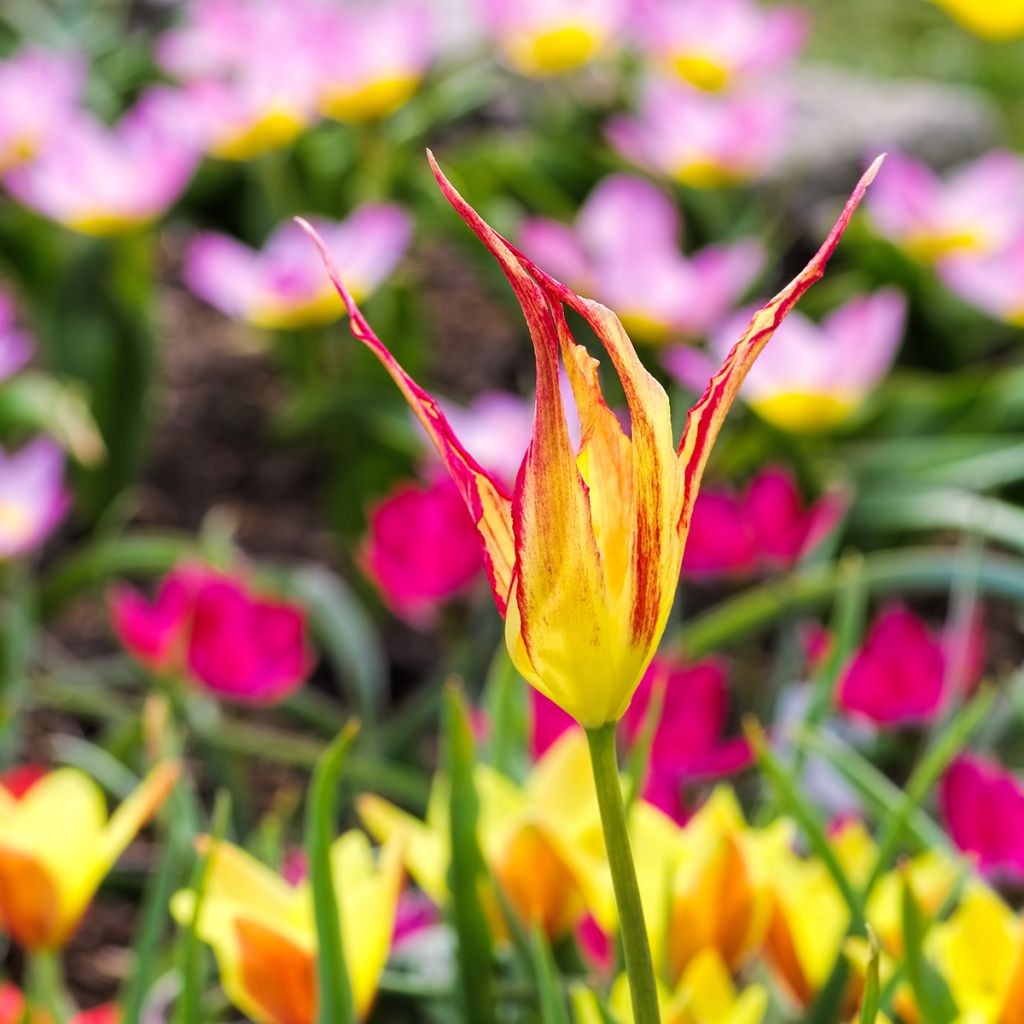

Tulipa acuminata
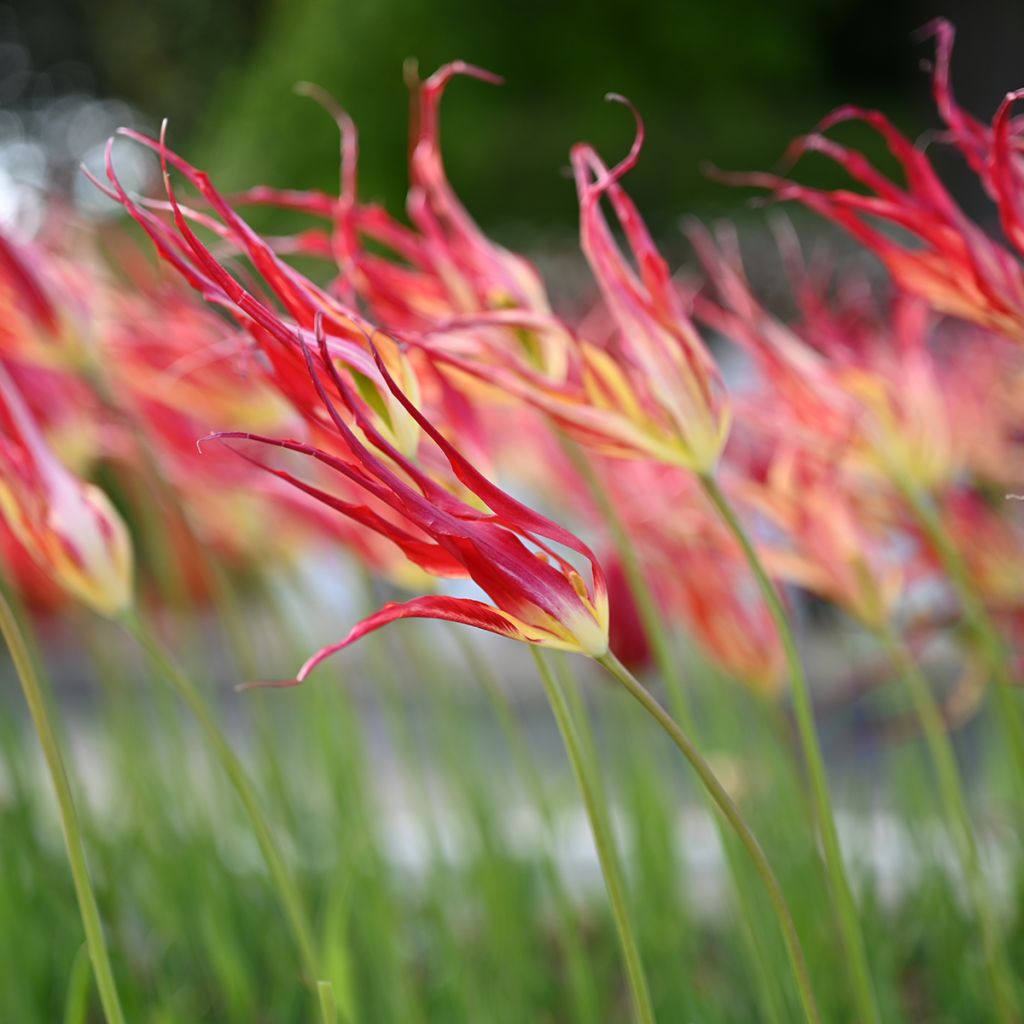

Tulipa acuminata
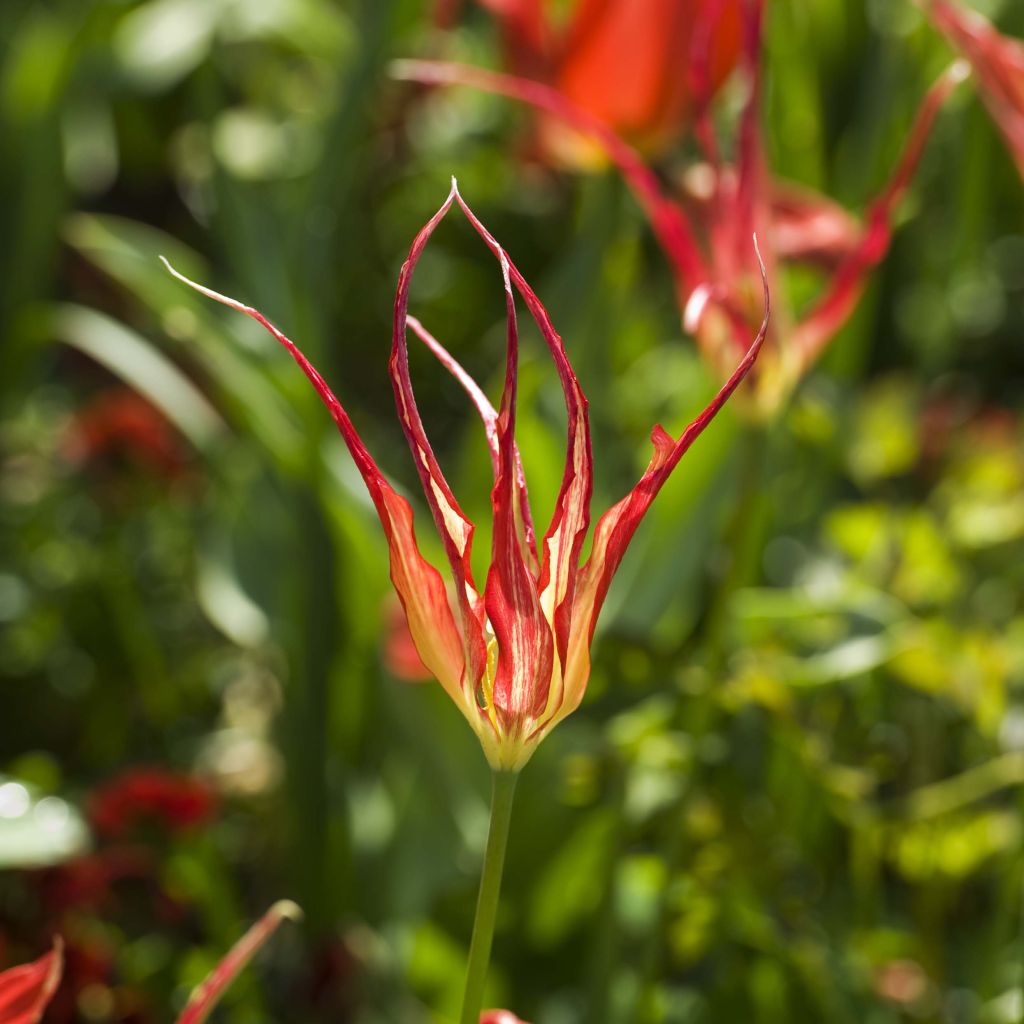

Tulipa acuminata
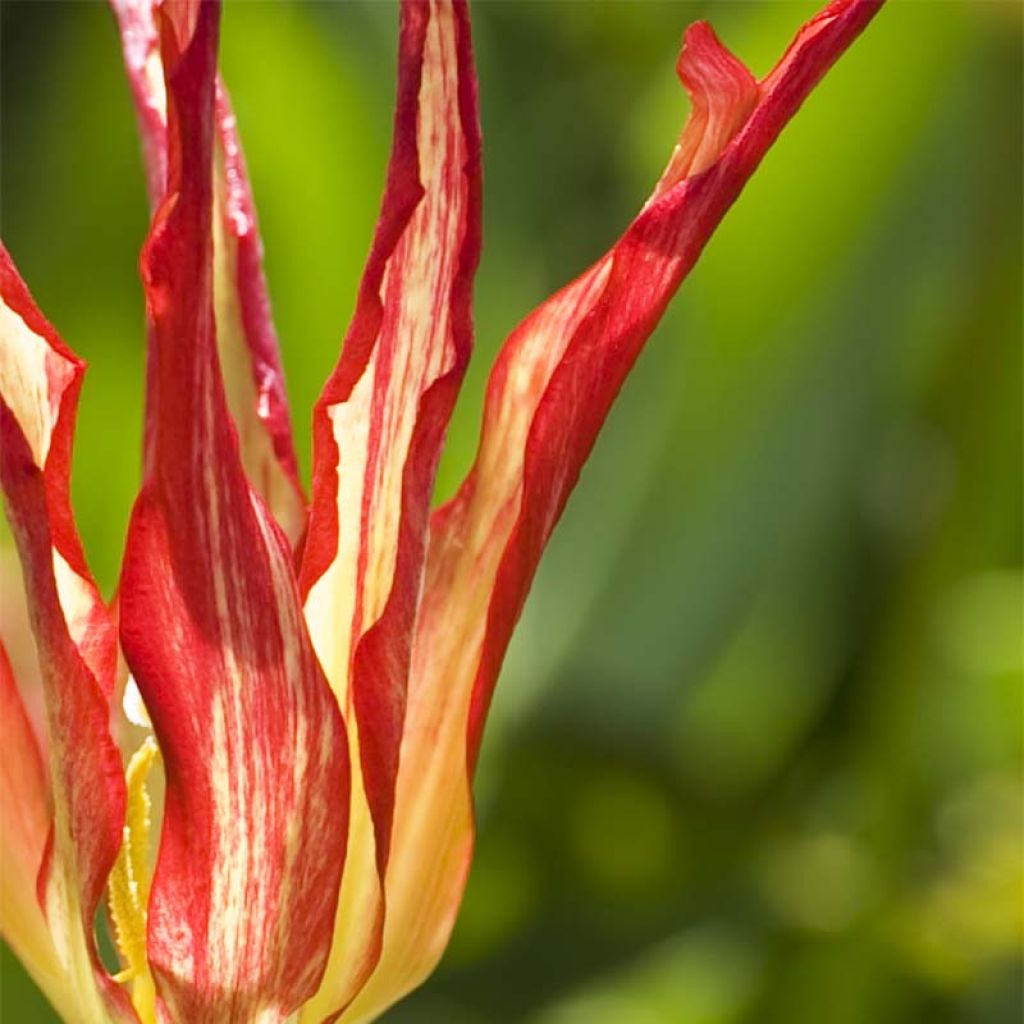

Tulipa acuminata
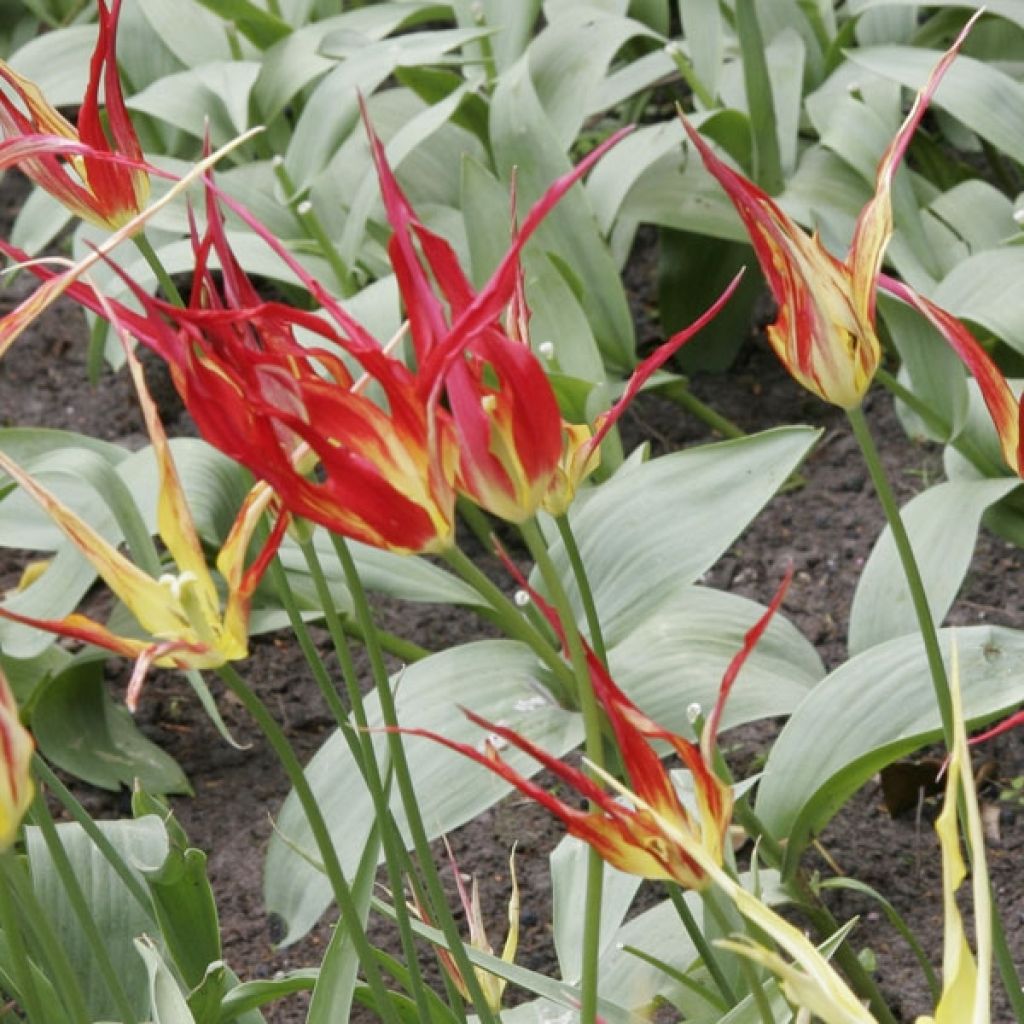

Tulipa acuminata
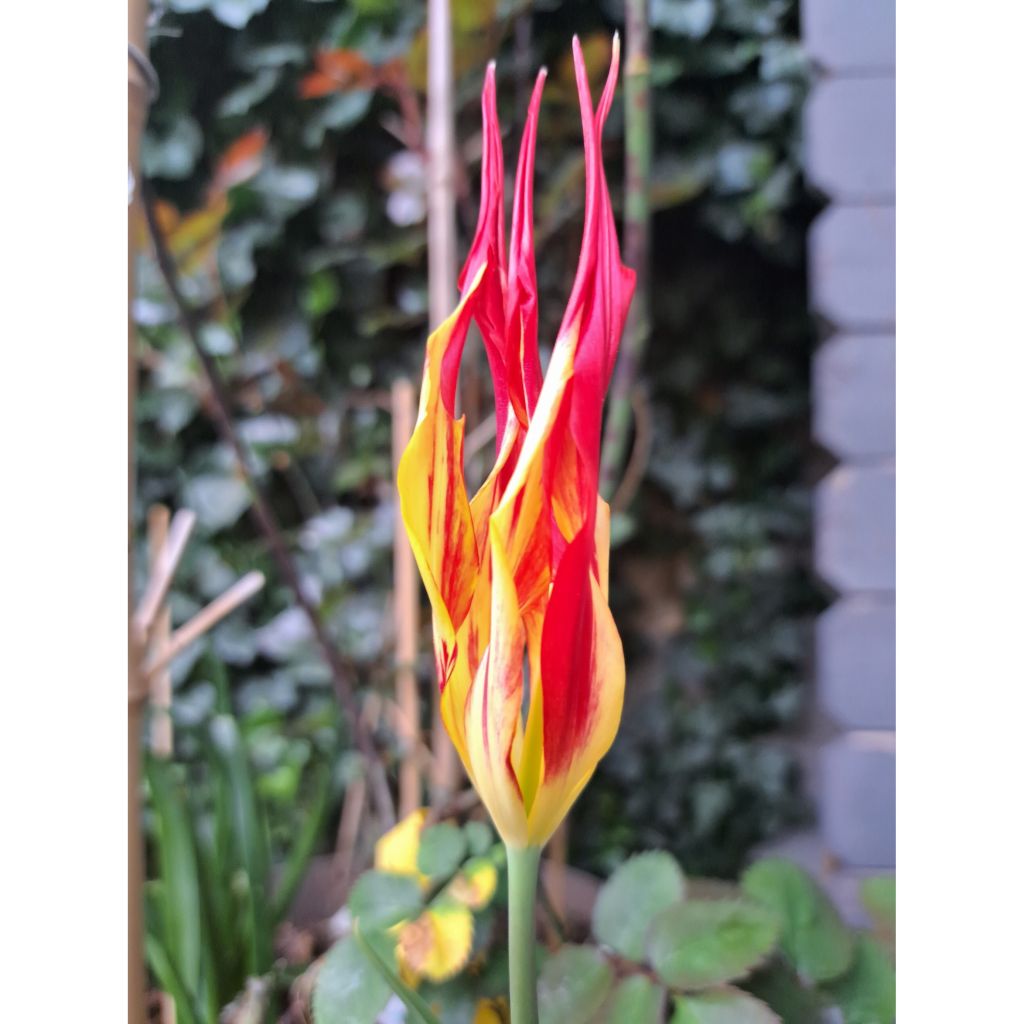

Tulipa acuminata
View more pictures
Hide images
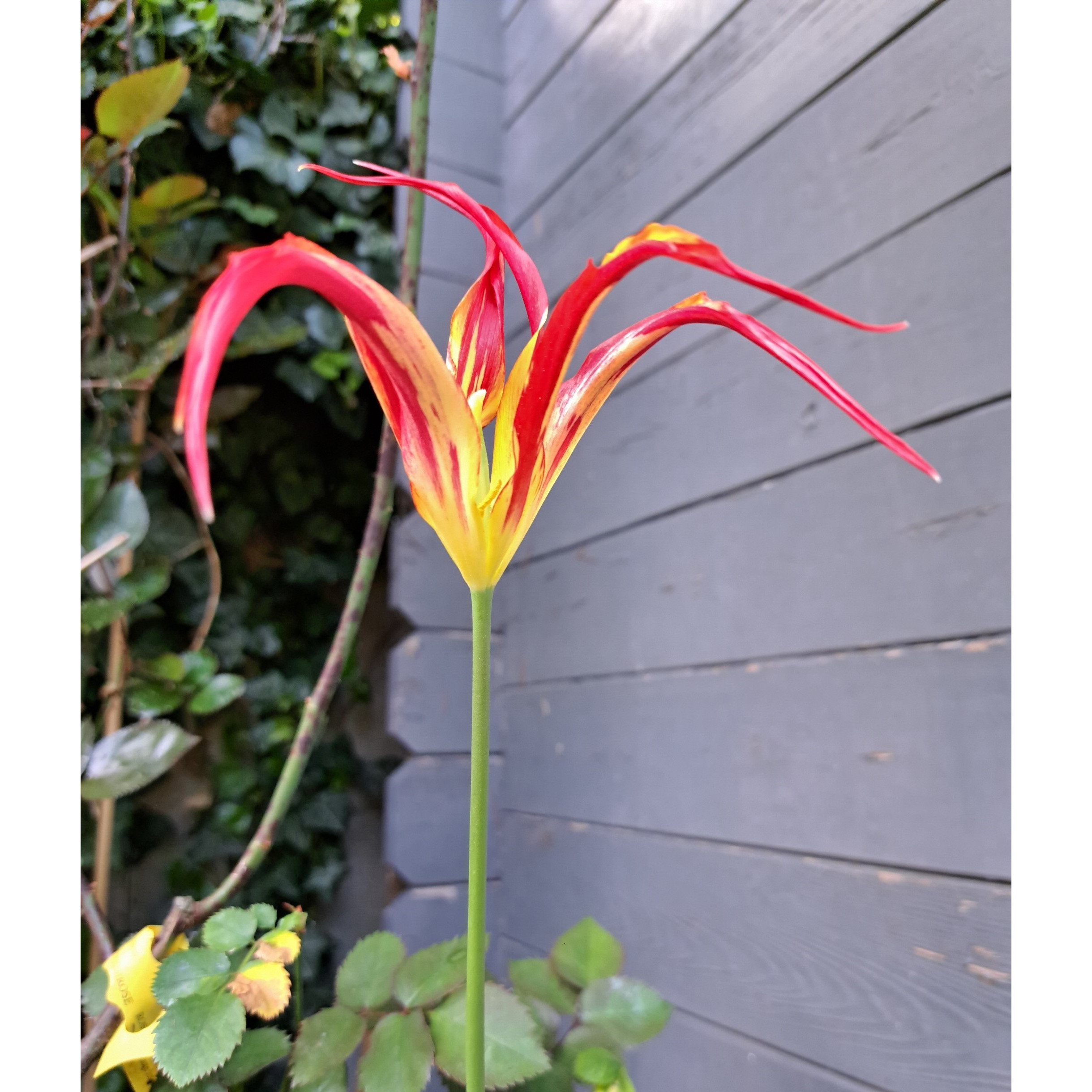
Thierry P.

April flowering - image 5
Thierry P. • 84 FR
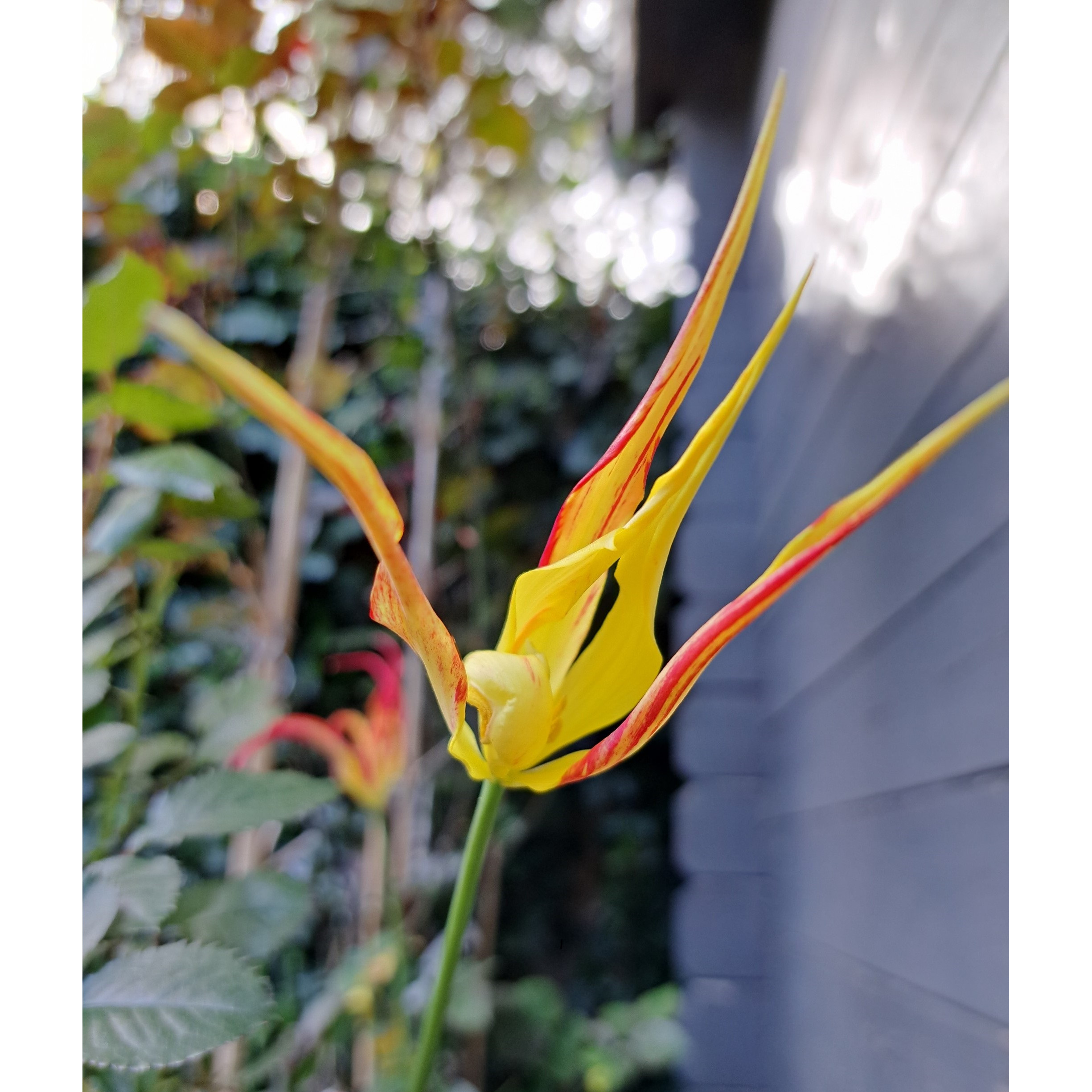
Thierry P.

April flowering - image 4
Thierry P. • 84 FR

Thierry P.

March flowering - image 1 - Tulip & rose.
Thierry P. • 84 FR
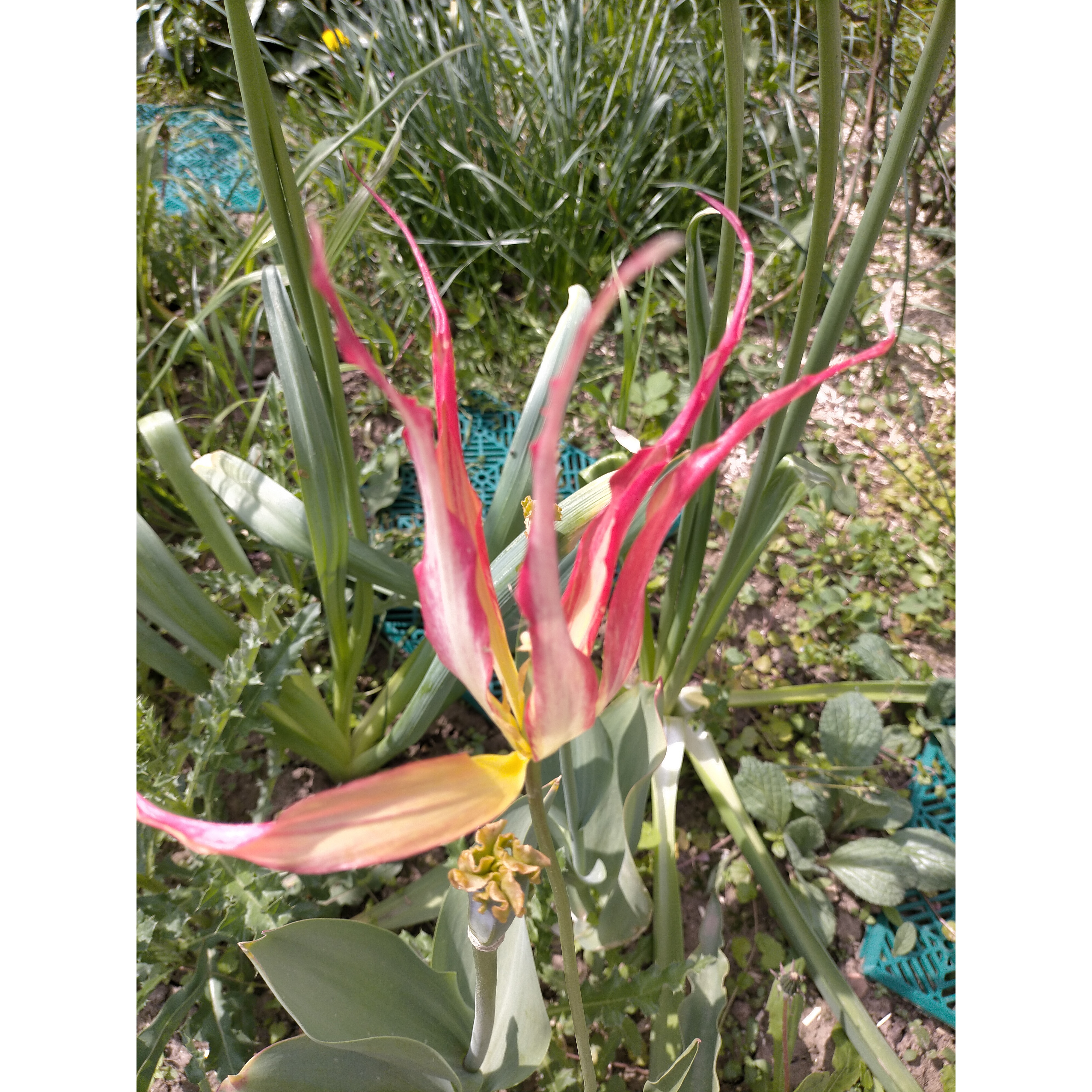
Dominique B.

Beautiful tulip!!!
Dominique B. • 62 FR
Tulipa acuminata
Tulipa acuminata
Horned Tulip, Fire Flame Tulip
Thanks to the individuals (Hélène for the order preparation and Ludivine from the shipping department), the 3 bulbs received appear to be healthy. Planted near red roses, I am now waiting for them to take root...or not?
Thierry, 31/12/2022
Special offer!
Receive a €20 voucher for any order over €90 (excluding delivery costs, credit notes, and plastic-free options)!
1- Add your favorite plants to your cart.
2- Once you have reached €90, confirm your order (you can even choose the delivery date!).
3- As soon as your order is shipped, you will receive an email containing your voucher code, valid for 3 months (90 days).
Your voucher is unique and can only be used once, for any order with a minimum value of €20, excluding delivery costs.
Can be combined with other current offers, non-divisible and non-refundable.
This plant carries a 6 months recovery warranty
More information
We guarantee the quality of our plants for a full growing cycle, and will replace at our expense any plant that fails to recover under normal climatic and planting conditions.

Would this plant suit my garden?
Set up your Plantfit profile →
Description
Tulipa acuminata, also known as the horned tulip, has all the splendour and magnificence of its Ottoman origins. This tulip is probably not a species, but one of the oldest horticultural varieties, obtained and cultivated in secret in Turkey. It is unusual in appearance, with red and pale yellow striped flowers which are extremely narrow, with curiously tapered, twisted tepals, which fade into long graceful filaments. Original and rare, their charm has captivated curious gardeners and collectors for centuries, allowing them to survive until today. Welcome them into your garden, as they will thrive in well-drained beds, even dry during summer, in a sunny location.
Tulipa acuminata is a bulbous plant of the lilac family, whose horticultural origin is lost in the mists of time. It has given rise to a whole series of cultivars grouped in the category of lily-flowered tulips. This tulip flowers quite late in spring, with a flower stem 40 to 50 cm (16 to 20in) tall, carrying a unique flower. Its petals form a very thin and elongated cup, each ending in a narrow filament, sometimes a bit twosted. The flowers are pale yellow, striped longwide with carmine red on the upper 3/4. Its foliage is bright green, elliptical, very elongated, and disappears in summer.
Tulipa acuminata deserves a prime location to be admired up close and for its survival, as it has specific requirements. It will thrive in a sunny rockery, on the edge of a well-drained or raised bed, or even in pots. Good drainage is very important as the bulb is susceptible to rot in rainy regions. Where summers are dry, it should perform well and faithfully reflower every year, alongside Crocuses, Allium moly, Ipheion uniflorum, Anemone blanda, small-flowered Daffodils, Muscaris, Puschkinia, Cyclamen coum, Erythronium pagoda, Leucojum vernum, the snowdrop, Scilla sibirica... These tulips are unrivalled in bringing the colours of spring.
Despite the supremacy of the Netherlands in tulip matters, we must not forget that it was at the gates of the Middle East, in present-day Turkey, that they were first cultivated. The sultans of the Ottoman Empire loved this bulb until the mid-18th century and dedicated sumptuous gardens to it. The splendour surrounding the cultivation and worship of tulips incited the peasants, who destroyed the crops and imprisoned Sultan Ahmed III in 1730. This variety is one of the rare survivors that has made it to the present day.
Report an error about the product description
Tulipa acuminata in pictures
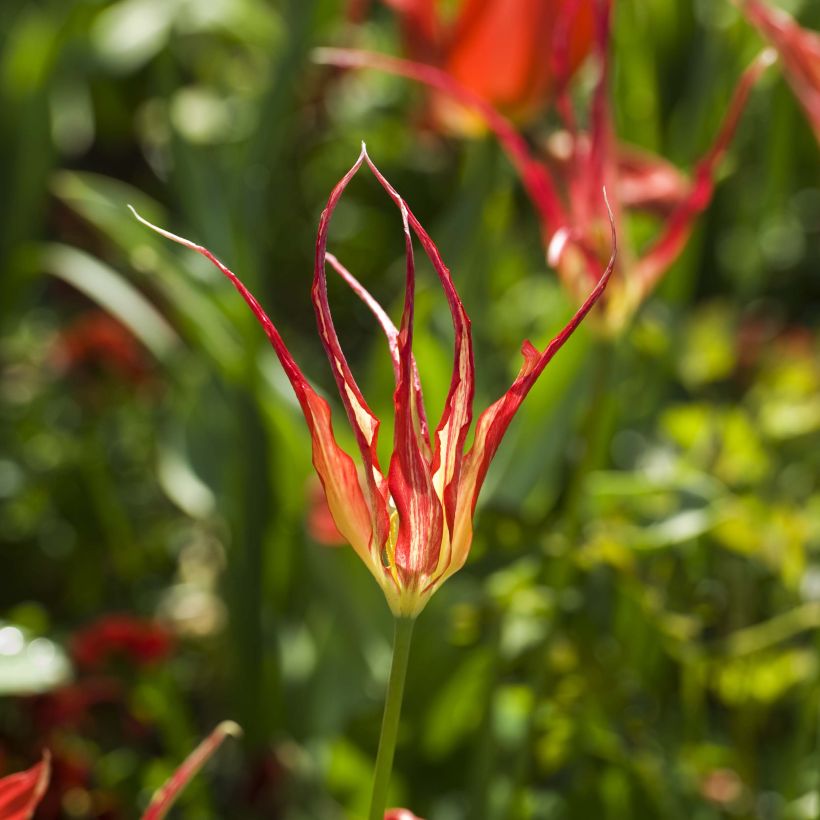

Plant habit
Flowering
Foliage
Botanical data
Tulipa
acuminata
Liliaceae
Horned Tulip, Fire Flame Tulip
Cultivar or hybrid
Other Botanical Tulips
View all →Planting and care
Plant your acuminata tulips as soon as possible in a well-drained, well-worked soil, incorporating coarse sand or gravel if necessary. Plant at a depth of 8 cm (3in) (bulbs should be covered with twice their height in soil) and space the bulbs a few cm apart, ensuring they do not touch. Choose a sunny exposure for better flowering. After flowering, cut the flower stems but allow the leaves to dry completely before cutting them. It is also possible to dig up and store the bulbs in a dry and cool place during winter, this will help to prevent bulb rot in regions with humid winters.
You can create beautiful flower carpets around the house, in flower beds, around trees or in wild spaces. It is an economical and sustainable idea, provided that a few principles are respected: 1) The planting must be left in place. 2) Choose the varieties carefully according to the situation. 3) A period of rest is essential after flowering for the bulbs to regenerate. Let the foliage turn yellow and dry before cutting it. 4) Organic fertiliser should be spread once a year in autumn.
Planting period
Intended location
Care
-
, onOrder confirmed
Reply from on Promesse de fleurs
Haven't found what you were looking for?
Hardiness is the lowest winter temperature a plant can endure without suffering serious damage or even dying. However, hardiness is affected by location (a sheltered area, such as a patio), protection (winter cover) and soil type (hardiness is improved by well-drained soil).

Photo Sharing Terms & Conditions
In order to encourage gardeners to interact and share their experiences, Promesse de fleurs offers various media enabling content to be uploaded onto its Site - in particular via the ‘Photo sharing’ module.
The User agrees to refrain from:
- Posting any content that is illegal, prejudicial, insulting, racist, inciteful to hatred, revisionist, contrary to public decency, that infringes on privacy or on the privacy rights of third parties, in particular the publicity rights of persons and goods, intellectual property rights, or the right to privacy.
- Submitting content on behalf of a third party;
- Impersonate the identity of a third party and/or publish any personal information about a third party;
In general, the User undertakes to refrain from any unethical behaviour.
All Content (in particular text, comments, files, images, photos, videos, creative works, etc.), which may be subject to property or intellectual property rights, image or other private rights, shall remain the property of the User, subject to the limited rights granted by the terms of the licence granted by Promesse de fleurs as stated below. Users are at liberty to publish or not to publish such Content on the Site, notably via the ‘Photo Sharing’ facility, and accept that this Content shall be made public and freely accessible, notably on the Internet.
Users further acknowledge, undertake to have ,and guarantee that they hold all necessary rights and permissions to publish such material on the Site, in particular with regard to the legislation in force pertaining to any privacy, property, intellectual property, image, or contractual rights, or rights of any other nature. By publishing such Content on the Site, Users acknowledge accepting full liability as publishers of the Content within the meaning of the law, and grant Promesse de fleurs, free of charge, an inclusive, worldwide licence for the said Content for the entire duration of its publication, including all reproduction, representation, up/downloading, displaying, performing, transmission, and storage rights.
Users also grant permission for their name to be linked to the Content and accept that this link may not always be made available.
By engaging in posting material, Users consent to their Content becoming automatically accessible on the Internet, in particular on other sites and/or blogs and/or web pages of the Promesse de fleurs site, including in particular social pages and the Promesse de fleurs catalogue.
Users may secure the removal of entrusted content free of charge by issuing a simple request via our contact form.
The flowering period indicated on our website applies to countries and regions located in USDA zone 8 (France, the United Kingdom, Ireland, the Netherlands, etc.)
It will vary according to where you live:
- In zones 9 to 10 (Italy, Spain, Greece, etc.), flowering will occur about 2 to 4 weeks earlier.
- In zones 6 to 7 (Germany, Poland, Slovenia, and lower mountainous regions), flowering will be delayed by 2 to 3 weeks.
- In zone 5 (Central Europe, Scandinavia), blooming will be delayed by 3 to 5 weeks.
In temperate climates, pruning of spring-flowering shrubs (forsythia, spireas, etc.) should be done just after flowering.
Pruning of summer-flowering shrubs (Indian Lilac, Perovskia, etc.) can be done in winter or spring.
In cold regions as well as with frost-sensitive plants, avoid pruning too early when severe frosts may still occur.
The planting period indicated on our website applies to countries and regions located in USDA zone 8 (France, United Kingdom, Ireland, Netherlands).
It will vary according to where you live:
- In Mediterranean zones (Marseille, Madrid, Milan, etc.), autumn and winter are the best planting periods.
- In continental zones (Strasbourg, Munich, Vienna, etc.), delay planting by 2 to 3 weeks in spring and bring it forward by 2 to 4 weeks in autumn.
- In mountainous regions (the Alps, Pyrenees, Carpathians, etc.), it is best to plant in late spring (May-June) or late summer (August-September).
The harvesting period indicated on our website applies to countries and regions in USDA zone 8 (France, England, Ireland, the Netherlands).
In colder areas (Scandinavia, Poland, Austria...) fruit and vegetable harvests are likely to be delayed by 3-4 weeks.
In warmer areas (Italy, Spain, Greece, etc.), harvesting will probably take place earlier, depending on weather conditions.
The sowing periods indicated on our website apply to countries and regions within USDA Zone 8 (France, UK, Ireland, Netherlands).
In colder areas (Scandinavia, Poland, Austria...), delay any outdoor sowing by 3-4 weeks, or sow under glass.
In warmer climes (Italy, Spain, Greece, etc.), bring outdoor sowing forward by a few weeks.






























